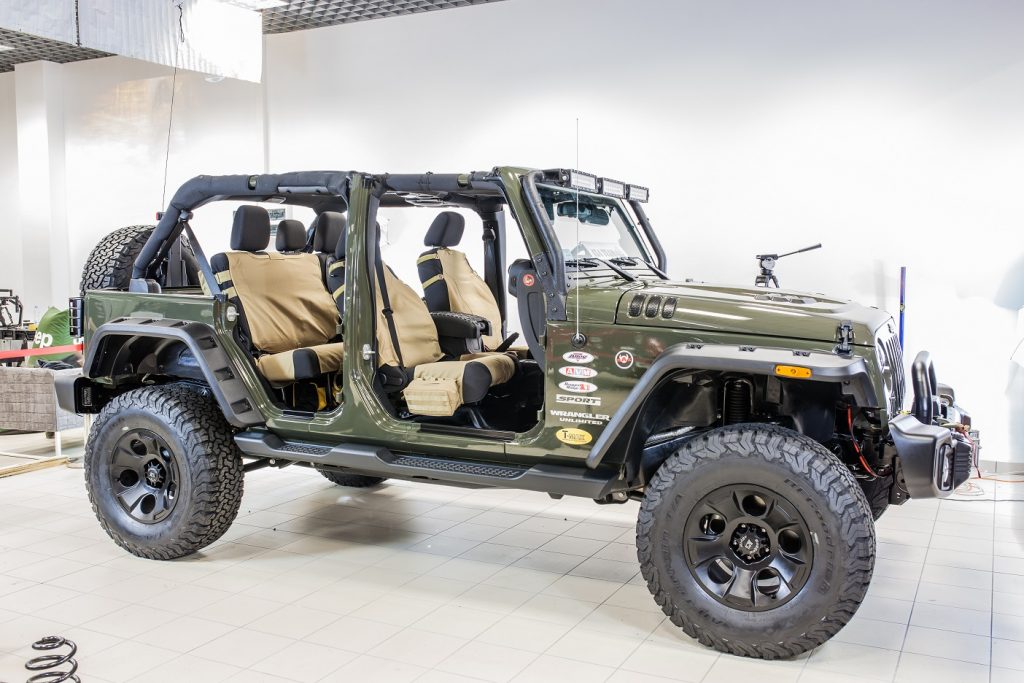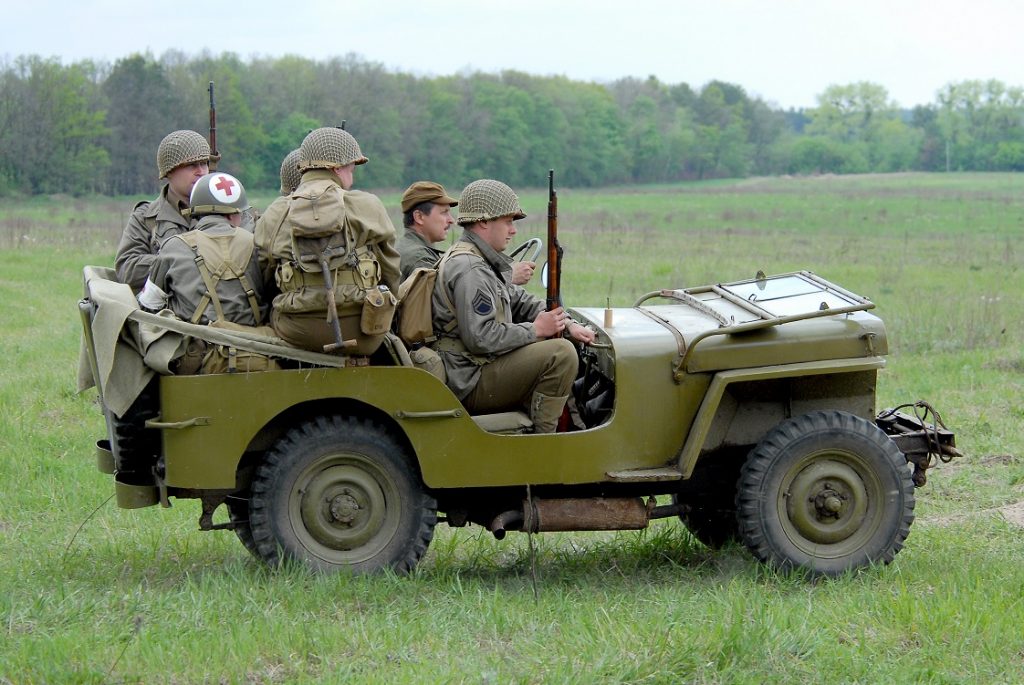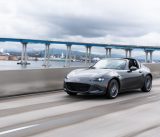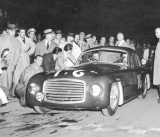Even the average layperson knows the most popular 4×4 made today, the Jeep Wrangler, is generally based on a military application of a bygone era. But what, when, where, and how did the first Jeep come to be? Why is a Jeep called a Jeep? We’ve never actually reviewed the history of the Willys properly, so let’s. Think you’re a true Jeep freak, a know-it-all? Keep reading, you might be surprised.

The modern Jeep Wrangler’s design is impossible to miss, staying true to its militaristic, Willys MB roots.
The Light Reconnaissance and Command Car
The U.S. Army Truck, ¼ Ton, 4×4, or simply the Willys MB to aficionados, is the first “official” Jeep ever made. We put that in quotes because (Jeep lovers, you make not like this) the first true Jeep ever produced, by the most literal definition of the U.S. Army (a “light reconnaissance and command car”), was actually a Ford.

The Army needed a light, compact vehicle that could transport officers and NCOs for reconnaissance and command.
Ford Built the First Jeep
Yes, Ford created the first Jeep in 1940, one year before Willys built their MB. It was called the GP, or “Government Pygmy”, and it was ugly as sin. It kind of looks like what your 5-year-old might draw if he or she were to see a Jeep and was then asked to draw it on paper. We love it. It’s somehow even more masculine, bullish, blocky, and rugged in appearance than the MB. Unfortunately, it wasn’t good enough.

Pictured is the 1940 Ford Pygmy Government, the first true Jeep ever made
… But Willys Built it Better
Although the Army initially placed an order for 1,500 GPs, Willys offered the MB with superior capabilities at a lower cost. The company’s ability to fulfill large orders also helped them edge out Ford and a third company, Bantam, who produced the first contract-accepted vehicle (the BRC 40) but could not keep up with production. The Army placed a second order for Willys MBs in 1941, requesting 16,000 units at $748.74 a unit, and the rest is history.

Though built after the GP and MB, The BRC 40 was technically the first vehicle accepted for prototyping by the Army; it lost the contract.
Or is it?
Yes, Ford did lose the Army’s contract to Willys and retired the GP just one year after production. The same fate fell upon the BRC 40. But this only tells half the story of the classic Jeep.
(Or Did They?)
Ford didn’t completely lose out in the Jeep game. That signature slat radiator grille we all know and love, that iconic front end that’s unmistakable, found on Wranglers today? Willys took that design from the Ford GP. Ford was even contracted to assist Willys with production of the MB, building the finished vehicle in their own factories. As a result, the ill-fated GP was resurrected as the GPW (“Government Pygmy-Willys) to denote the licensure of vehicle’s final design belonging to Willys.
What’s in a Name?
On that note, that name sounds a little long-winded. It’s much easier to just refer to the Willys as a GP… A “geep”. Oh, you mean a “Jeep”! That’s right, the Jeep name is the product of Ford, too. Be angry, Jeep lovers, it’s okay.

Though small, the original Jeep was capable of providing much-needed firepower and munitions to the battlefield
The finalized Willys Jeep featured the Go Devil motor, a powerplant with a legendary reputation. Officially called the L134, the Go Devil was a straight-4 motor that displaced 134 cubic inches with a paltry 6.48:1 compression ratio. Nonetheless, the little engine put out 60 honest horses and 105 torques, impressive figures for the time.
The Most Popular 4×4 Ever Made
Ford and Willys produced over 638,000 units of the first Jeep between 1941 and 1945. The 1,900-lb. vehicle saved hundreds of thousands of lives during the worst war mankind has ever seen. The Willys MB and GPW’s popularity was so great that immediately following the war’s end, Willys took its four-wheel drive vehicle to the public with the CJ. And it’s here, much later in our story, that the rest is really history.





